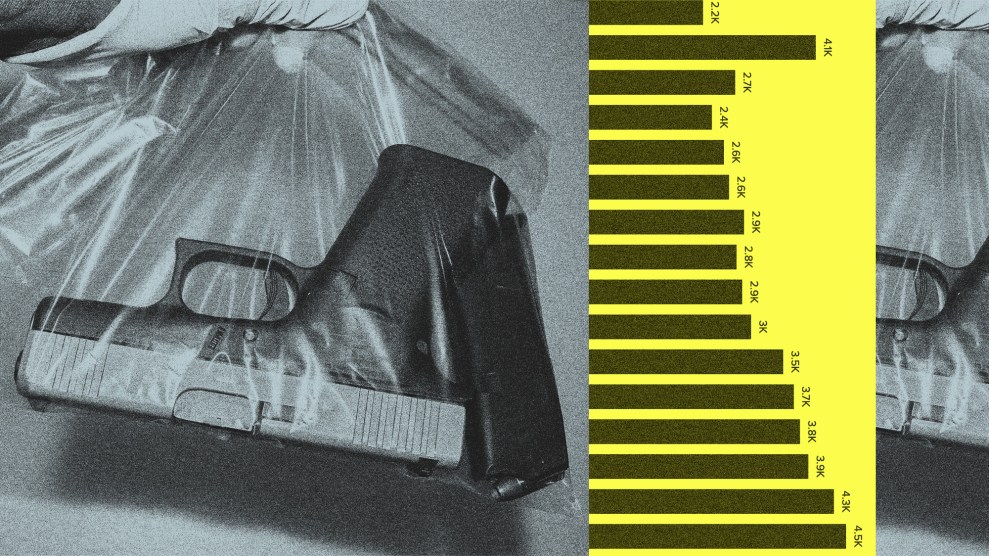When American officials are forced to defend the relatively stingy portion of the federal budget that goes to international aid, they often point to the country’s large military expenditures in humanitarian missions. (Of course this rang a little less hollow before all “peacekeeping” efforts turned to Iraq.) But they rarely mention food aid, where the U.S., which contributes 56 percent of the world’s total, far outstrips all other nations. And, according to a recently published report by the Institute for Agriculture and Trade Policy, perhaps that’s for good reason. According to the report, the U.S. approach to food aid, while adequate at stemming famine in targeted emergencies, does far more harm than good in the long run. And there’s a sadly predictable cause: the programs are set up just as much to help U.S. business as they are to prevent starvation.
The vast majority of government funds allotted to purchase food aid must be spent on American producers. So even if another country—perhaps one closer to the famine site— can produce cheaper food, their products are locked out. Local producers in poorer countries have less incentive to grow sustenance crops, and instead produce crops for export that are priced beyond the reach of domestic markets. It’s a policy that produces subsistence and dependence rather than food independence. The report has a few suggestions that might clear up the mess—but as long as the programs are run as a backdoor subsidy program to U.S. farmers, change will be a tough row to hoe.











